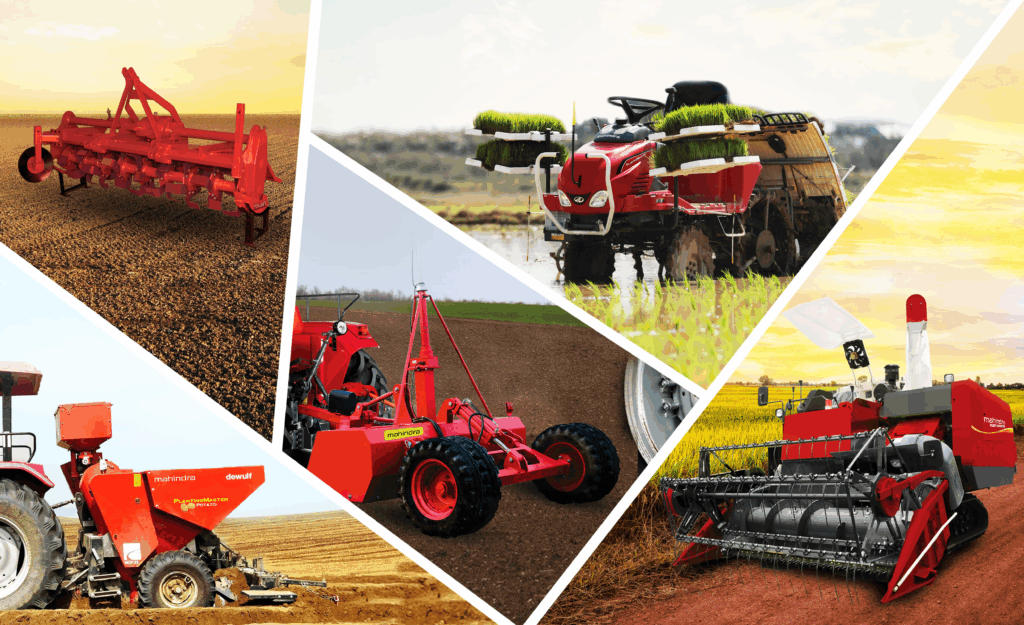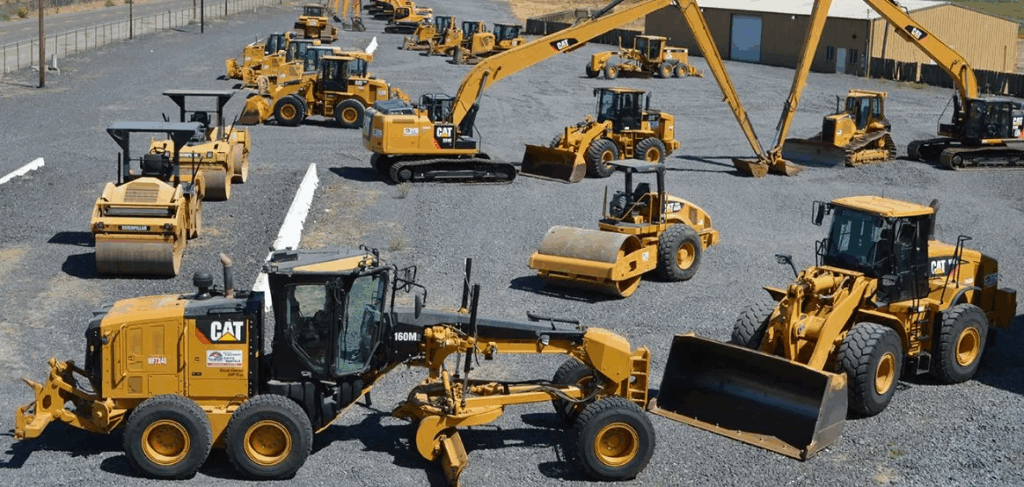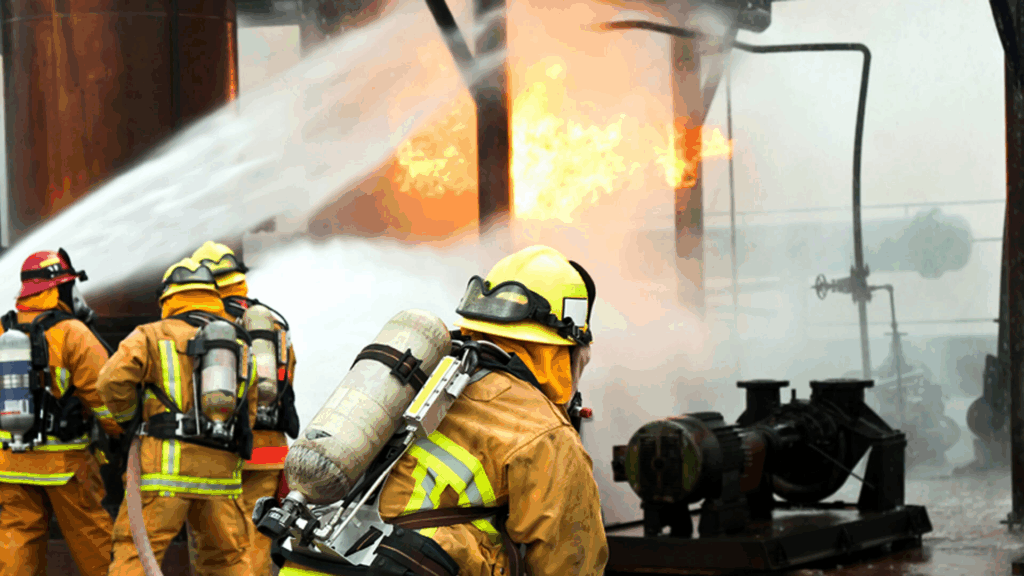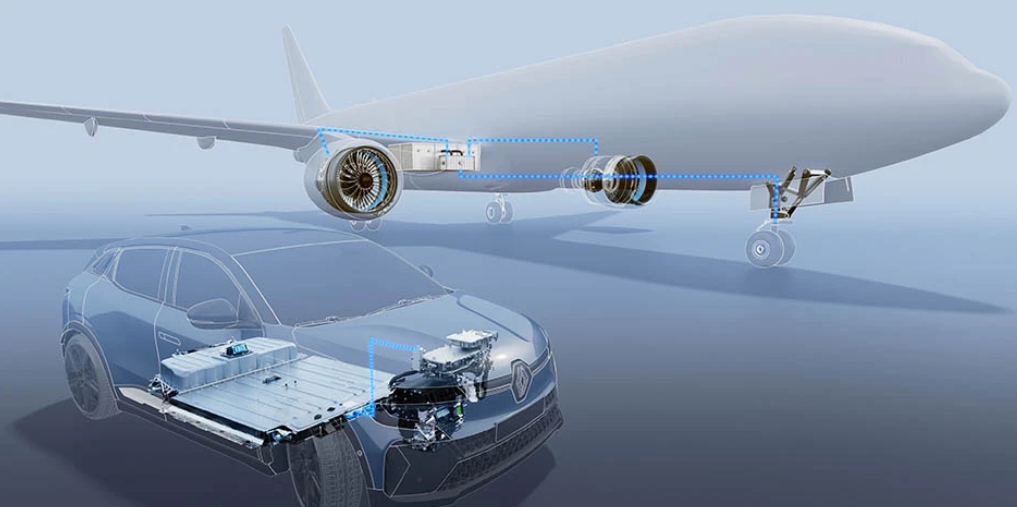Hydraulic quick couplings typically consist of two mating halves:
- Male Half (Plug or Nipple)
- Female Half (Socket or Coupler)
When connected, the internal valves open to allow hydraulic fluid to flow. When disconnected, the valves automatically close to prevent fluid loss and contamination.

1.Key Features
- Quick connection/disconnection: No tools needed
- Leak prevention: Valves seal upon disconnection
- Pressure handling: Designed to withstand high-pressure fluid systems
- Contamination control: Helps keep hydraulic systems clean
2.Types of Hydraulic Quick Couplings
1. Push-to-Connect Couplings
Mechanism:
- Simply push the male and female halves together to connect.
- Internal valves open automatically when coupled.
Best For:
- Quick-change hydraulic systems
- Moderate-pressure applications
- Equipment that requires frequent tool swaps
Key Benefits:
- Fast, one-handed operation
- No tools required
- Great for speed and convenience
2. Screw-to-Connect Couplings
Mechanism:
- Threads on both ends are screwed together to form a secure connection.
- Often sealed with O-rings or threads.
Best For:
- High-pressure systems
- Pulsating or shock-loaded environments (e.g., hydraulic hammers, breakers)
- Applications where accidental disconnection must be avoided
Key Benefits:
- Strong, secure fit
- Can be connected under residual pressure
- Resistant to vibration and impact

3. Flat-Face (Flush Face) Couplings
Mechanism:
- Flat mating surfaces reduce air and fluid inclusion during connection.
- Typically push-to-connect or screw-to-connect designs.
Best For:
- Construction and forestry equipment
- Situations where cleanliness is critical
- Environments prone to dust or dirt
Key Benefits:
- Minimal fluid loss or spillage
- Easy to wipe clean before connection
- Helps prevent contamination of hydraulic systems
4. Ball or Pin Locking Couplings
Mechanism:
- Uses a set of locking balls or pins that snap into place to hold the connection.
- Usually spring-loaded for automatic locking.
Best For:
- General-purpose hydraulic systems
- Agriculture, manufacturing, and industrial equipment
Key Benefits:
- Simple, reliable locking mechanism
- Audible or tactile “click” when locked
- Widely available and cost-effective
3.Common Applications
- Excavators and loaders: For switching hydraulic tools (e.g., breakers, augers)
- Tractors: For connecting hydraulic implements (e.g., plows, harvesters)
- Industrial automation: For quick line changes
- Hydraulic test benches: For quick setup and teardown
4.Benefits of Using Quick Couplings
- Reduced downtime
- Increased productivity
- Safer fluid handling
- Simplified maintenance

Final Thoughts
Hydraulic quick couplings are essential for any system that demands frequent hydraulic connections. They save time, protect your equipment, and improve overall efficiency. When choosing a coupling, always consider pressure rating, fluid type, environmental conditions, and compatibility with your equipment.
You can learn about our company website if you are interested.







